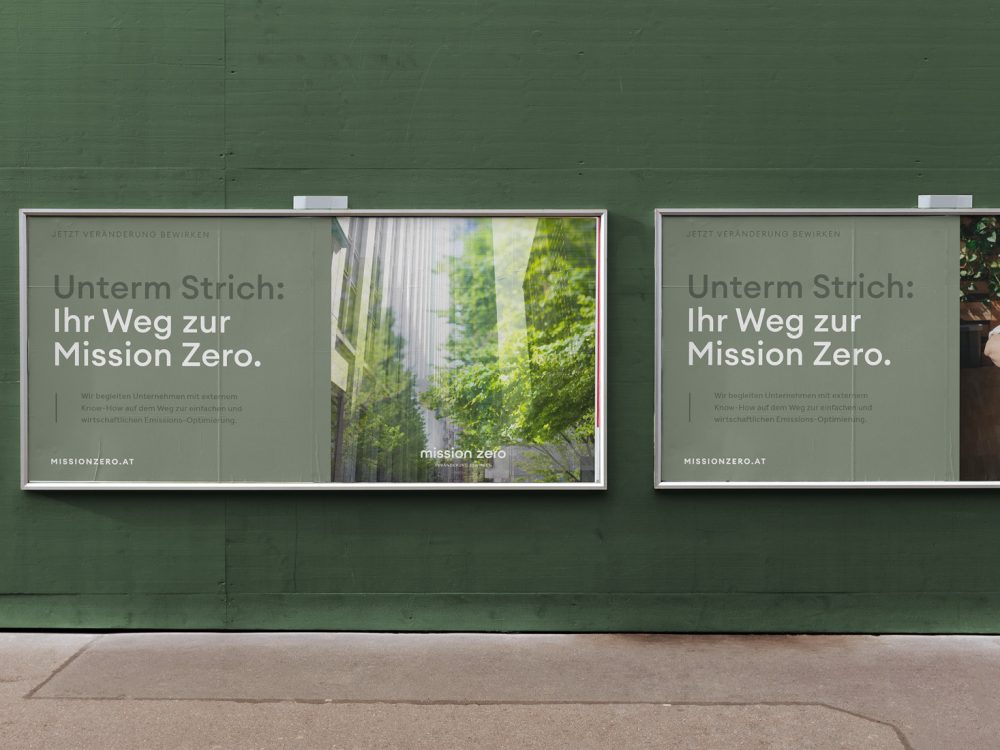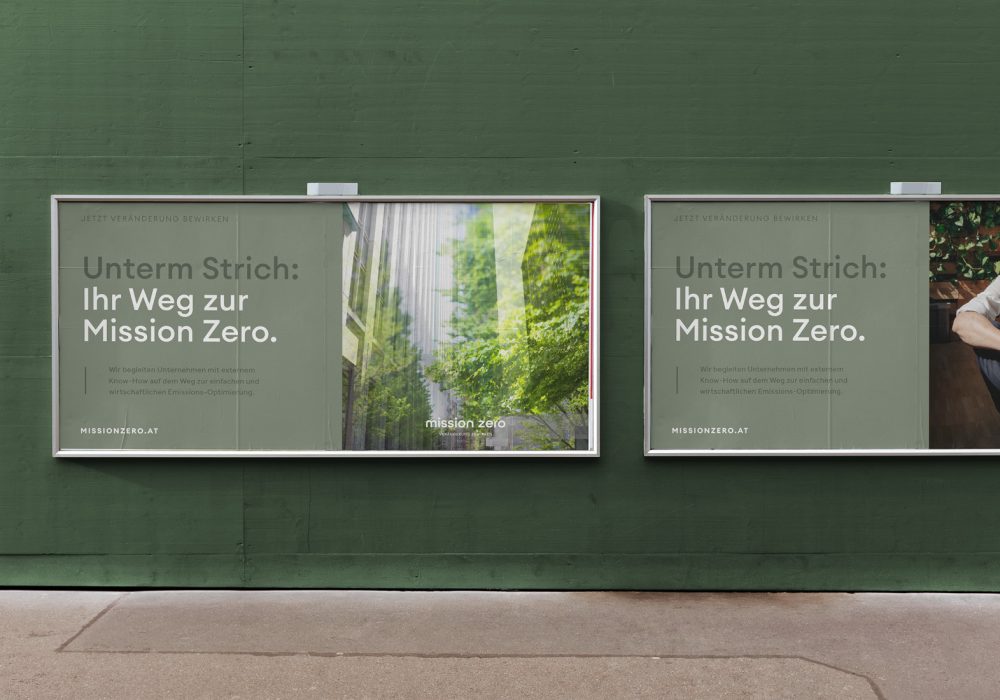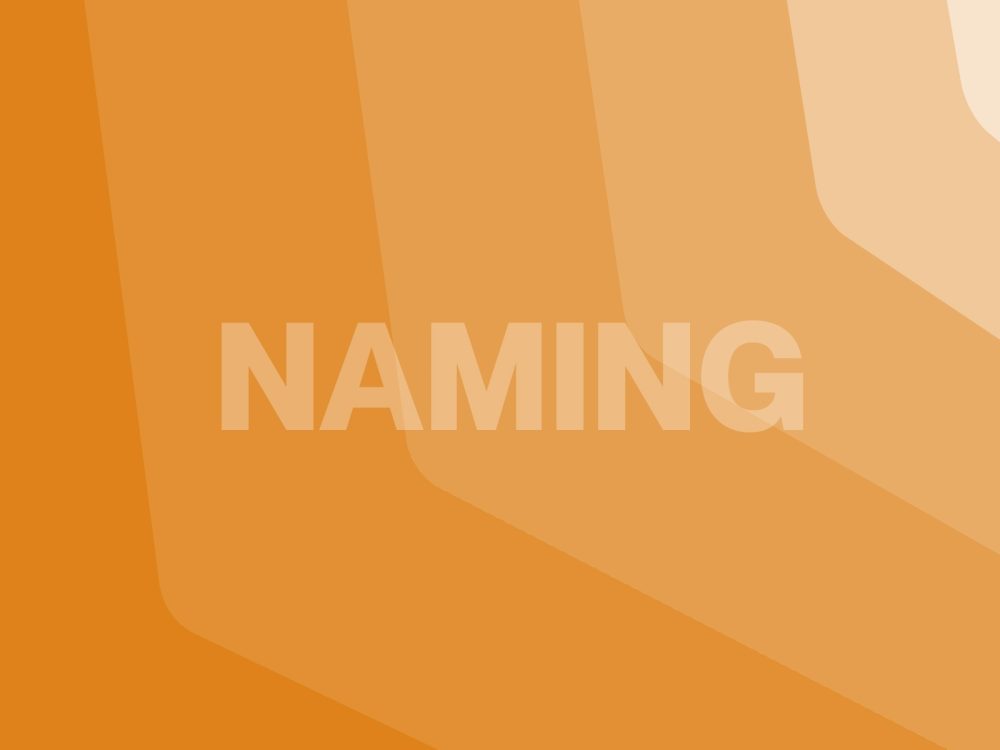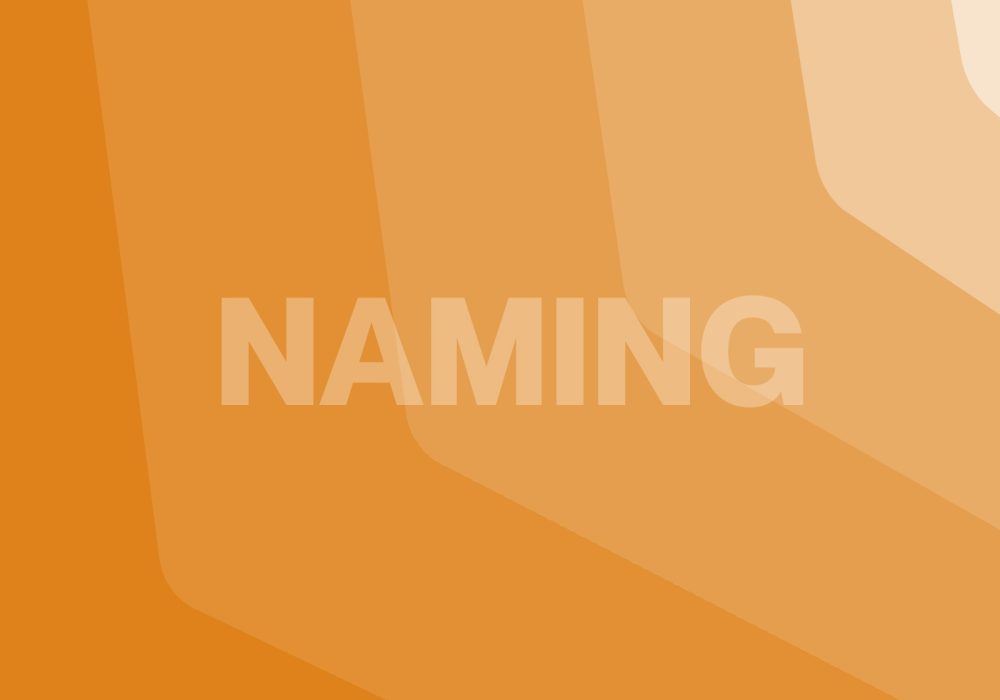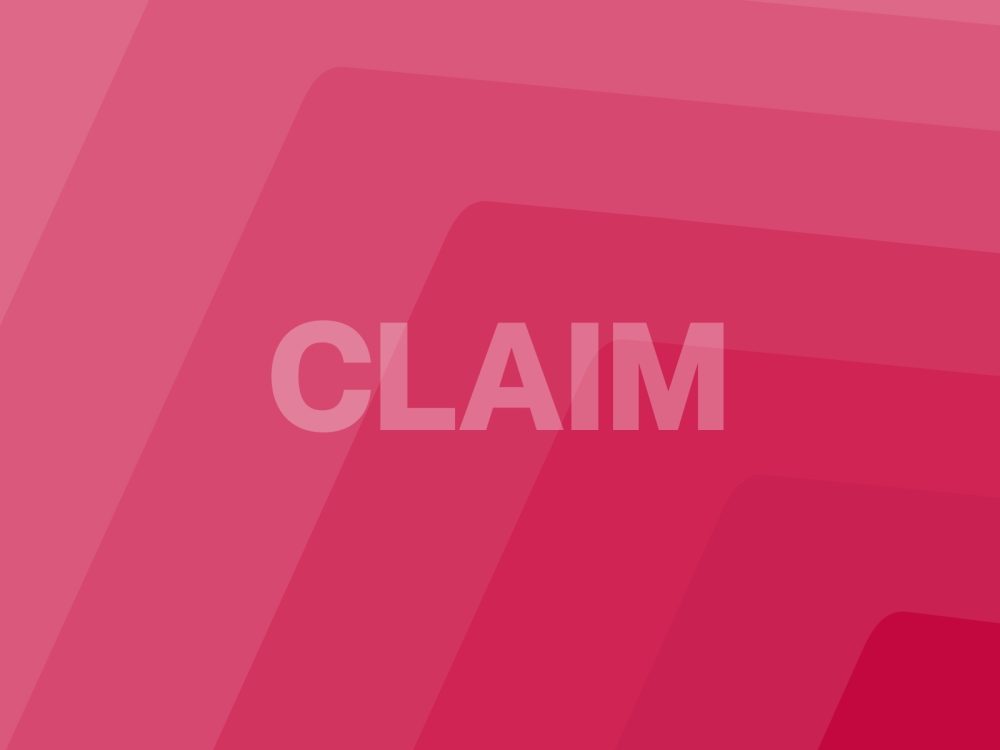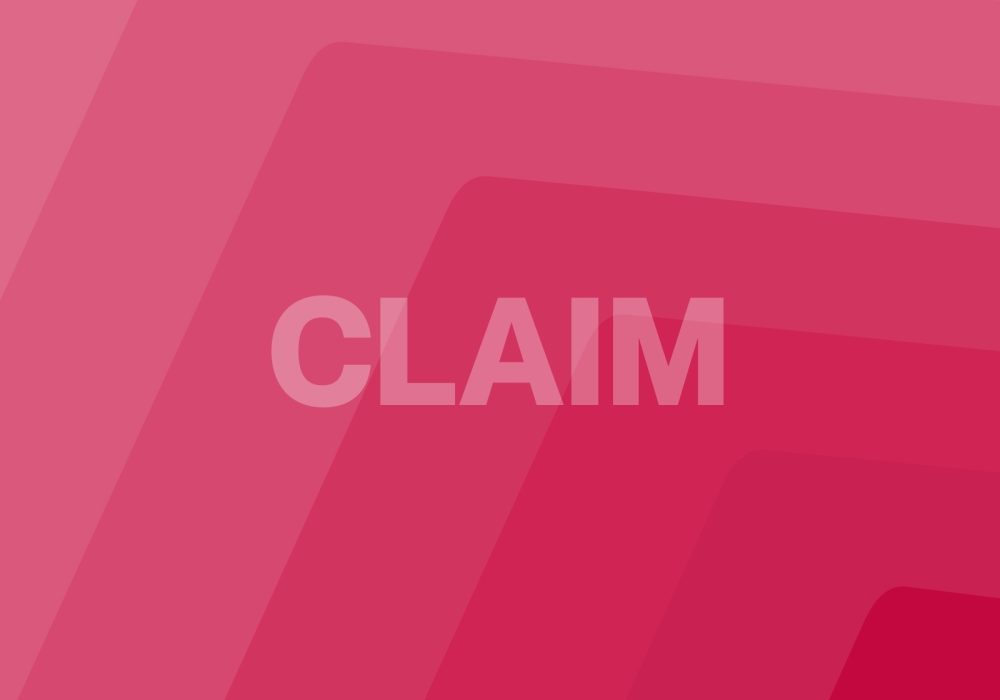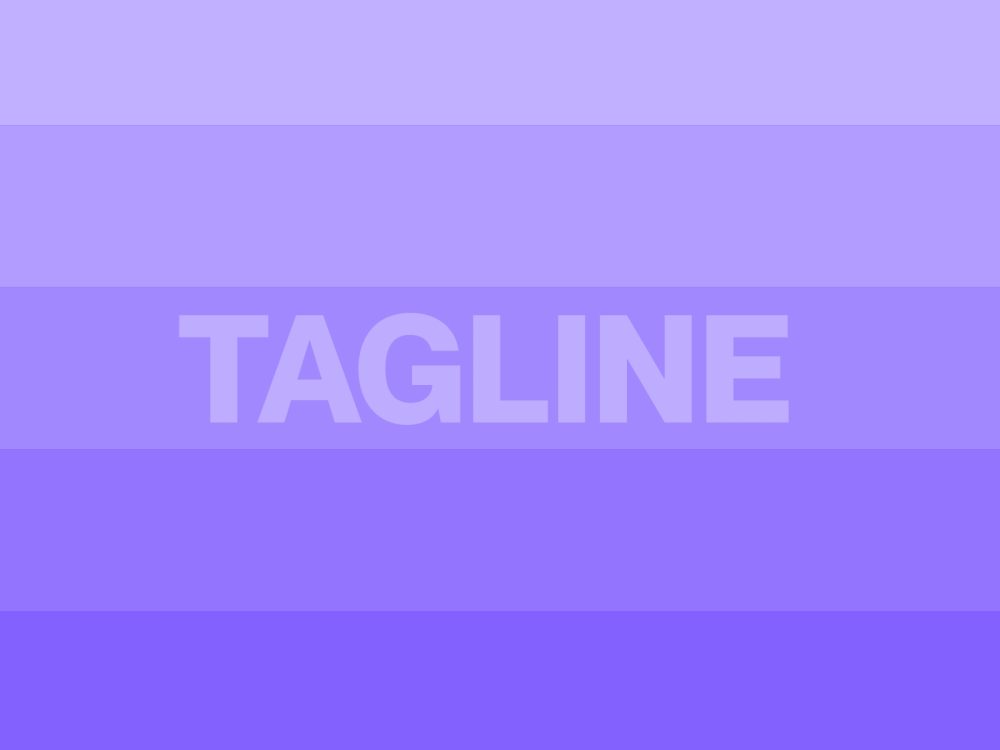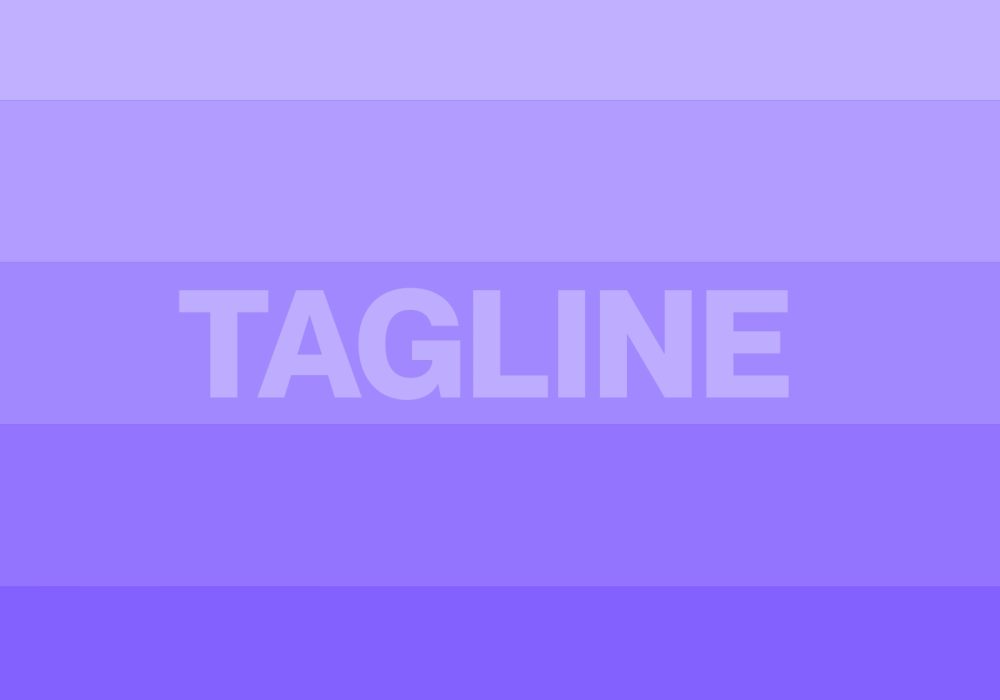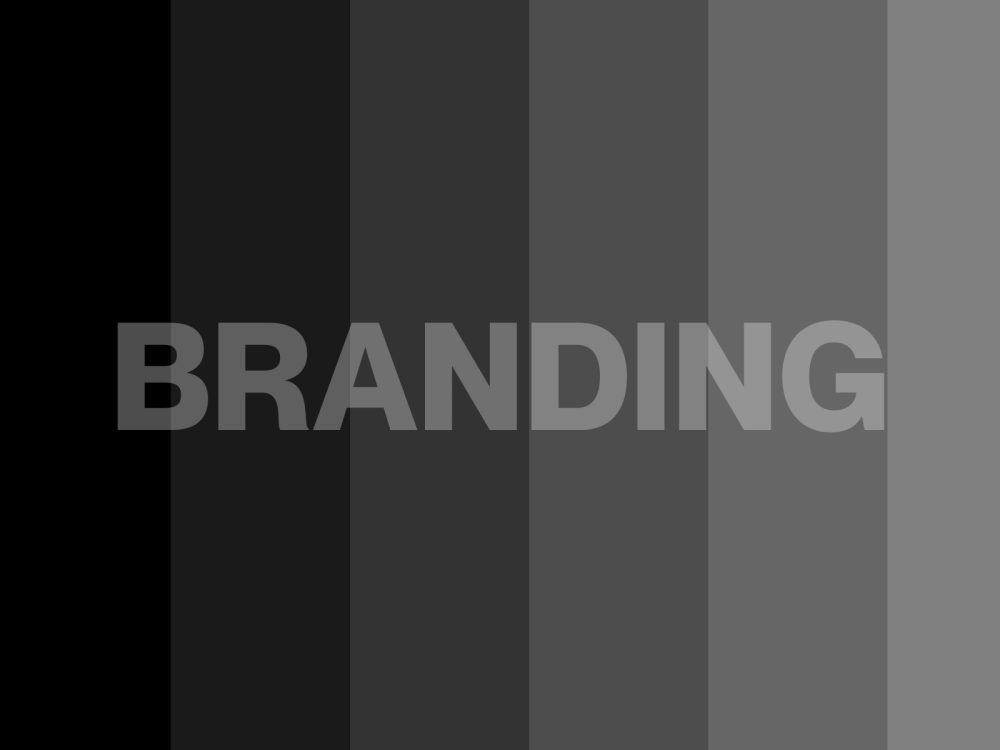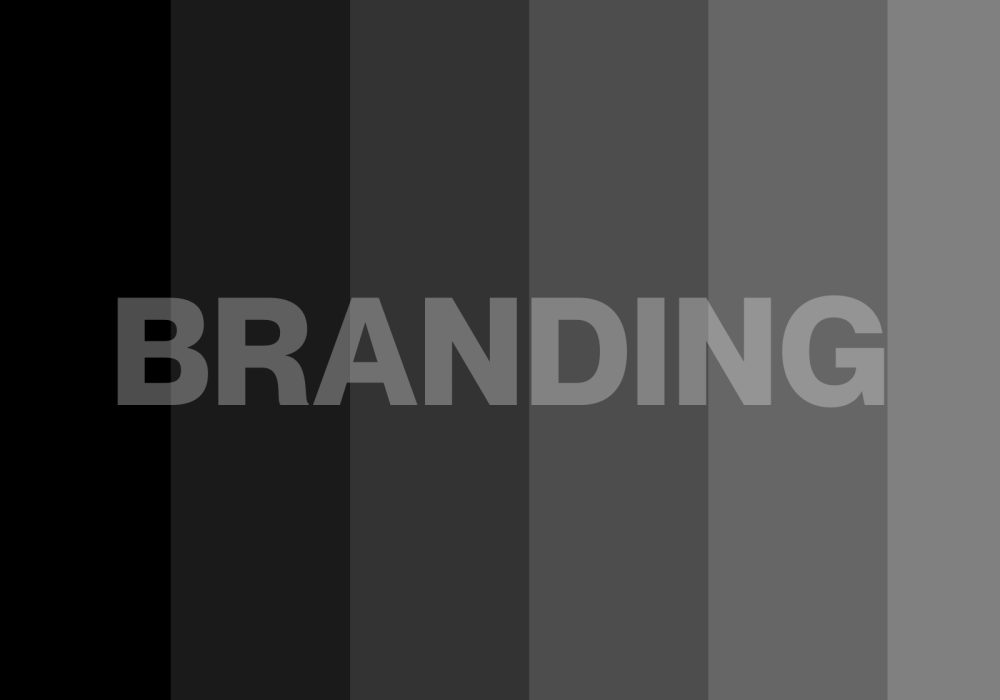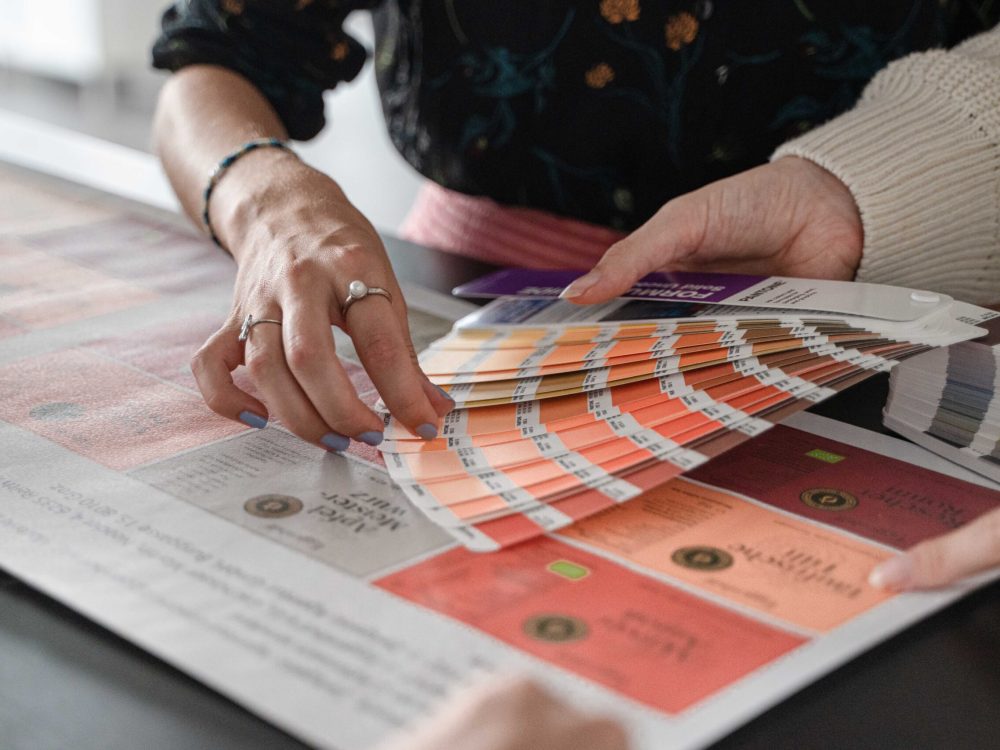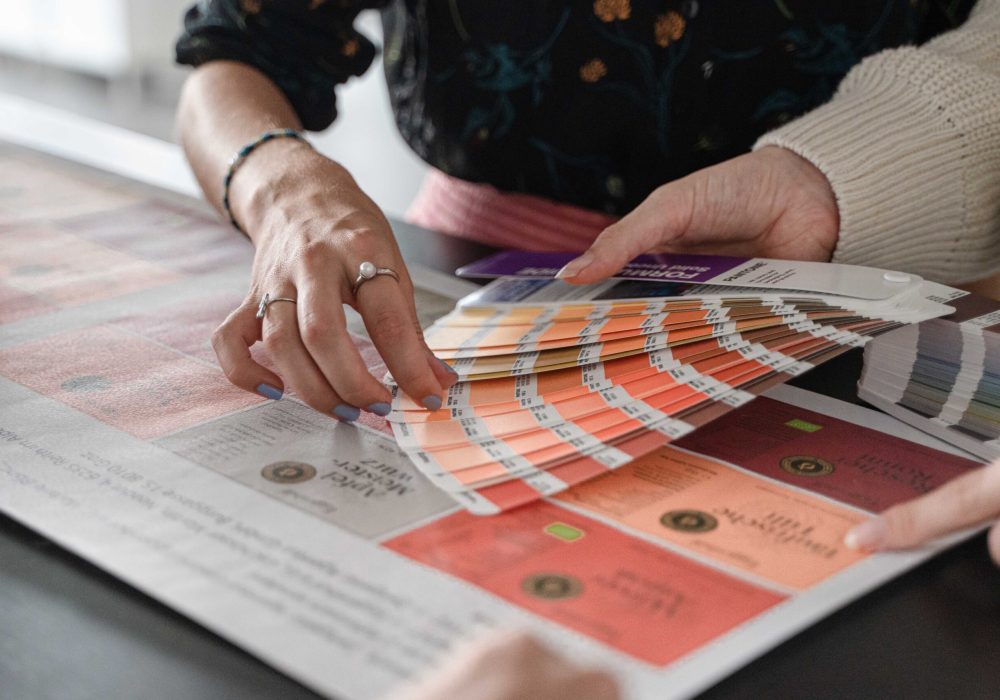What is a slogan? Definition
A tagline is a catchy phrase or sentence used to convey a specific message about a product, brand, organization or cause. It is usually short and concise and is designed to grab the attention of the target audience and leave a lasting impression. Slogans are often used in advertising and marketing to create a brand image and establish a brand identity. They can be memorable and effective in communicating the key values, benefits and features of a product or service.
In contrast to the
tagline
which is placed directly and permanently next to the brand logo and communicates the overall message of the brand, slogans are often only used in temporary campaigns and sometimes only refer to certain products or product lines.
Application / Goal
Slogans are not just a group of catchy words, but a strategic attempt to create a compelling image in the minds of consumers. The basic purpose of a slogan is to sell a product/service. The purpose of a tagline is to act as a brand’s shadow identity and promote a specific product/service.
A truly successful tagline not only serves as an asset to your brand, but is also a long-term commitment. It’s like the DNA of your brand. He embodies the ideals of the respective product/service and communicates them to both customers and employees. It aims to increase the sales of your product. Slogans aim to appeal to customers on an emotional level. They relate to everyday situations of the target group.
Brand slogans promote both a product/service and a campaign for a range of products and services. Slogans aim to reveal more about your business, especially by providing more information about your pricing strategy, your services, or what customers can look forward to. In other cases, the tagline may reveal even more; for example, a technology company’s tagline would emphasize its differences, or a shoe company might encourage consumers to achieve their goals. The purpose of these taglines is to build a brand identity that sets the company apart and invites consumers to experience the benefits of that brand.
The basic objectives of a slogan are summarized below:
- Creates a positive image about your product
- Promotes not only a single product, but a whole range of products
- Forces the audience to “pause and reflect.”
- Makes your brand stand out from the crowd
Increases demand for your product
Examples
Below are a few examples of successful brands that have used or still use slogans that are known worldwide.
Coca Cola
Coca Cola is an interesting example in that the company has used over 60 slogans in their campaigns since their history. The following is a brief excerpt from the most successful slogans of recent decades:
- 2001 – Life tastes good
- 2003 – Real
- 2005 – Make It Real
- 2006 – the Coke side of life
- 2009-2015 – Open Happiness
- 2016 – Taste the Feeling
- 2020 – Together Tastes Better
- 2020 – Be Open Like Never Before
Generator
An ingenious tool to generate slogans, or at least get a jump start on it, is the new A.I based search engine Chat GPT. The company, which was bought by Microsoft, responds to questions and suggestions via chat and answers with the best possible accuracy.
The following is a simple example. However, the more precisely you formulate the questions or the “prompt”, the better the answer will be.
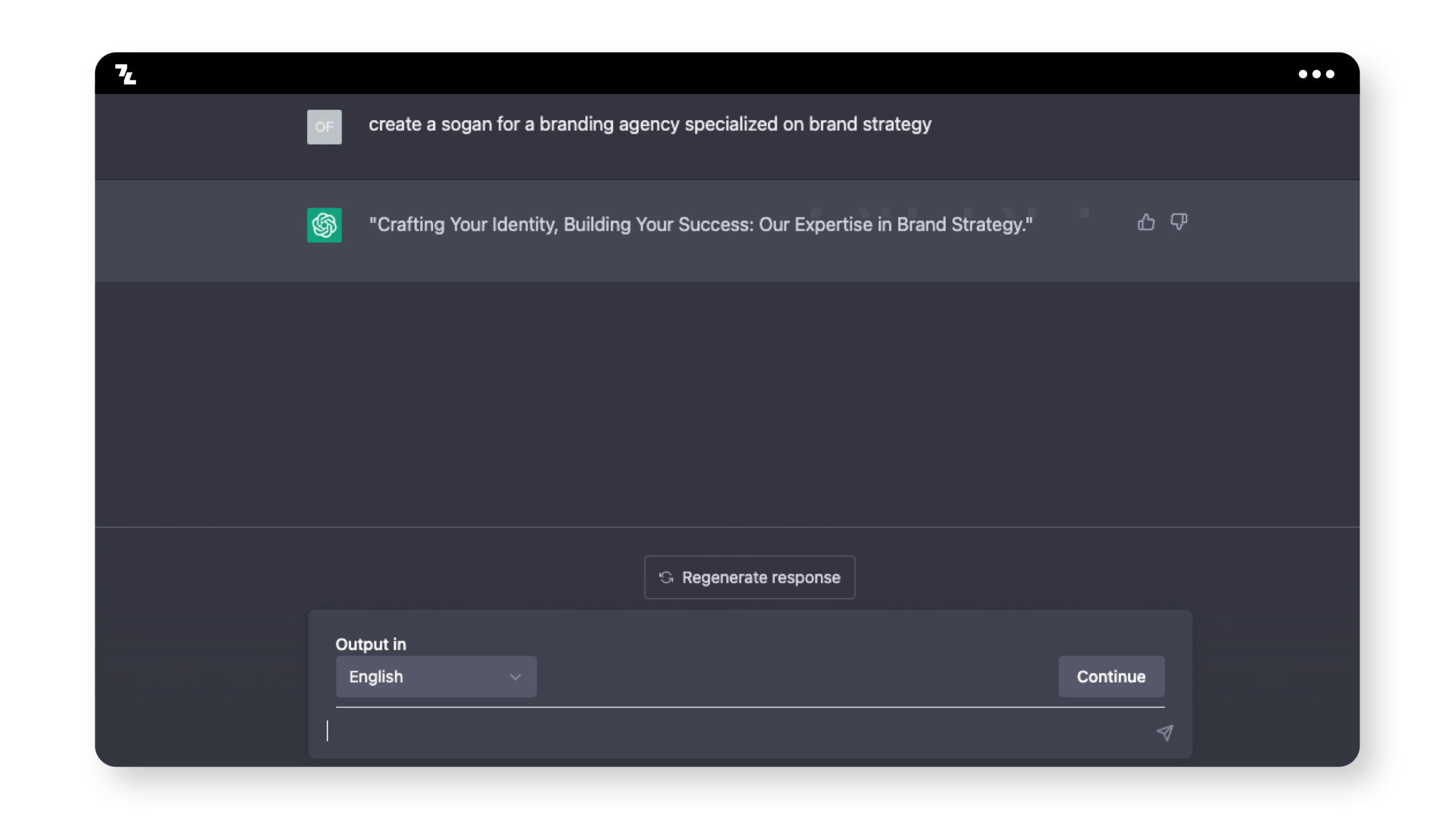
Summary
A slogan is a short phrase or sentence which delivers a certain message about a product or service. The goal is to get into the customer’s head and communicate key benefits, features and USPs to drive sales.
